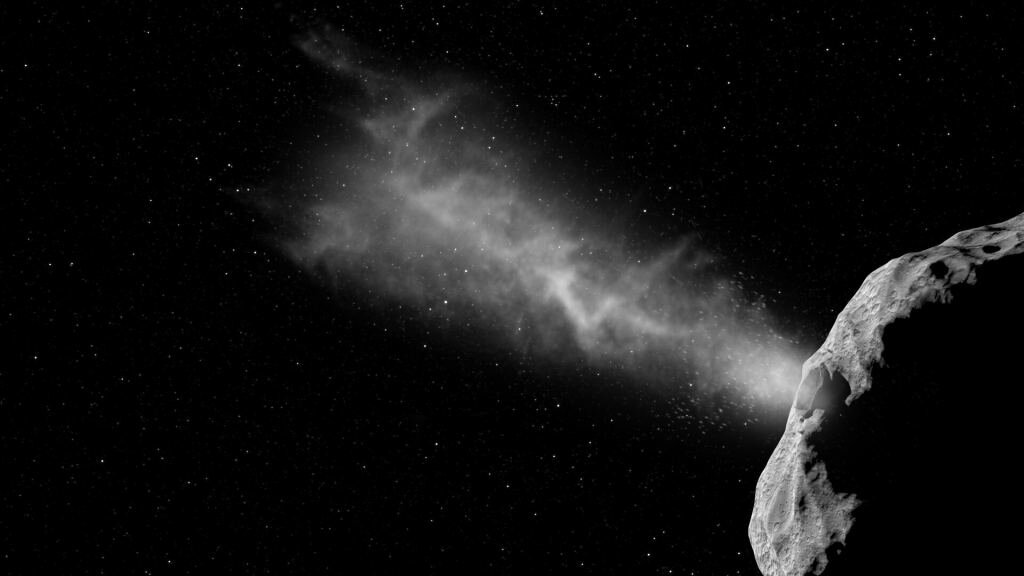
The otherwise unremarkable double asteroid of Didymos and Dimorphos made headlines as the target of NASA’s successful Double Asteroid Redirect Test (DART) mission. With new details about the system emerging, astronomers have put together a hypothesis of how this strange double asteroid came to be.
It starts with spin. Any solid body if it spins fast enough will lose pieces of itself as the centrifugal force overwhelms gravity. This is especially true of asteroids, which aren’t very big to begin with and are only loosely held together. Recently a team of astronomers have used this fact to propose a plausible formation mechanism for Didymos and Dimorphos.
In this scenario long ago Didymos spun up far too quickly. It could have been from a glancing collision or just from too many gravitational interactions with neighbors. Once it spun up it began losing mass, which formed a ring surrounding it. Initially this ring would be in what is called the Roche limit of the asteroid. The Roche limit is where the gravitational tidal force from a parent body is stronger than the ability for material orbiting it to hold itself together. So within the Roche limit Dimorphos couldn’t form.
But through many interactions some of the material can migrate away from the ring and go beyond the Roche limit where it would eventually coalesce. That material that escaped would eventually become the little moon Dimorphos.
The astronomers estimate that Didymos had to lose at least 25% of its mass in order to form Dimorphos in this manner. This model also predicts that Dimorphos will have a very irregular shape because it was built up from the slow accumulation of many smaller objects, which is in line with what we observe.
The study is published on the arXiv preprint server.
While NASA’s DART mission was an overall success, showing that we can conclusively nudge the orbit of an asteroid if we need to, the mission has another side benefit. It helps us explore the complicated, intricate lives of some of the smallest, and most often ignored, objects in the solar system.
More information: Gustavo Madeira et al, Dynamical origin of Dimorphos from fast spinning Didymos, arXiv (2023). DOI: 10.48550/arxiv.2301.02121
Journal information: arXiv
Provided by Universe Today
